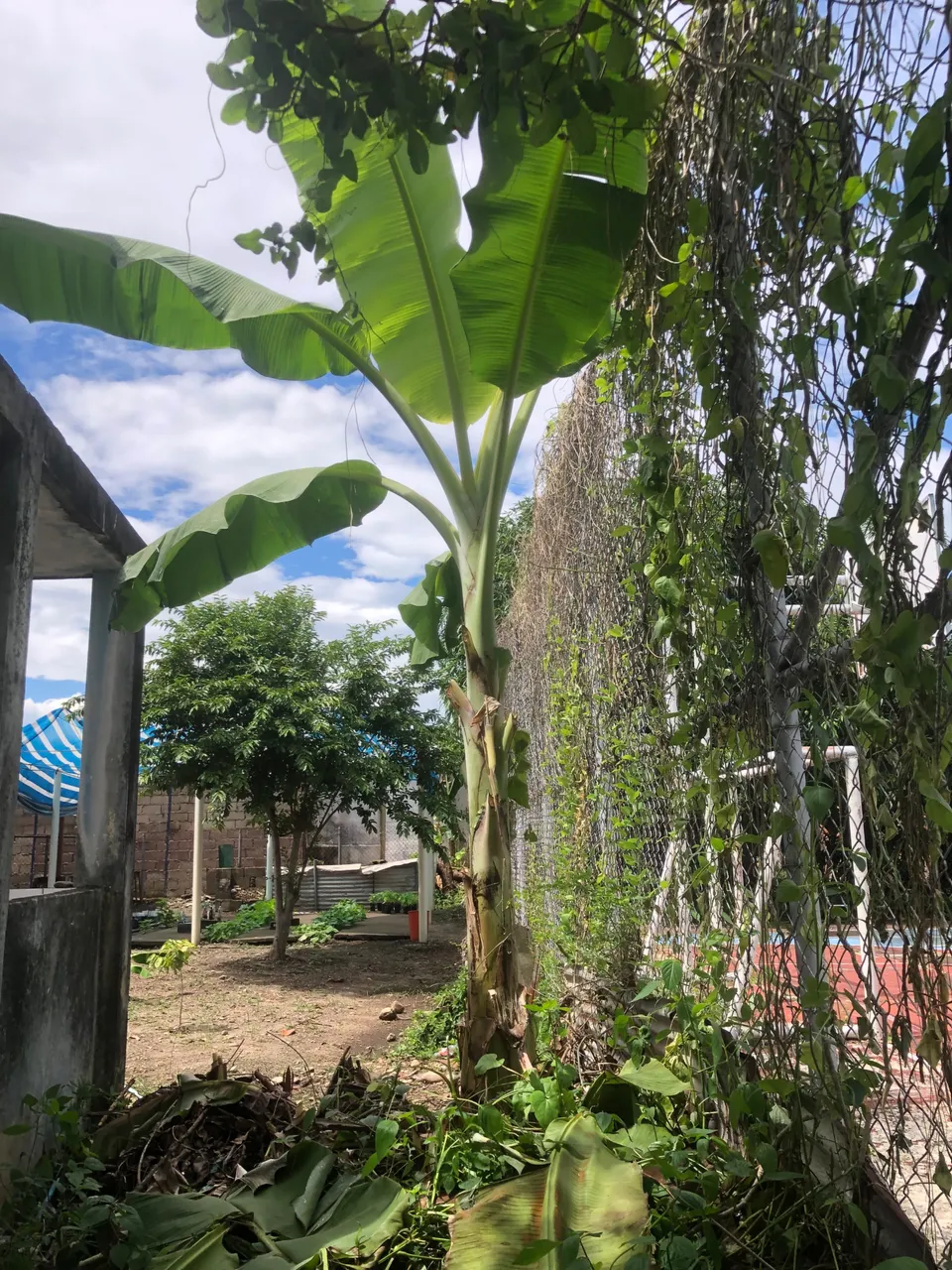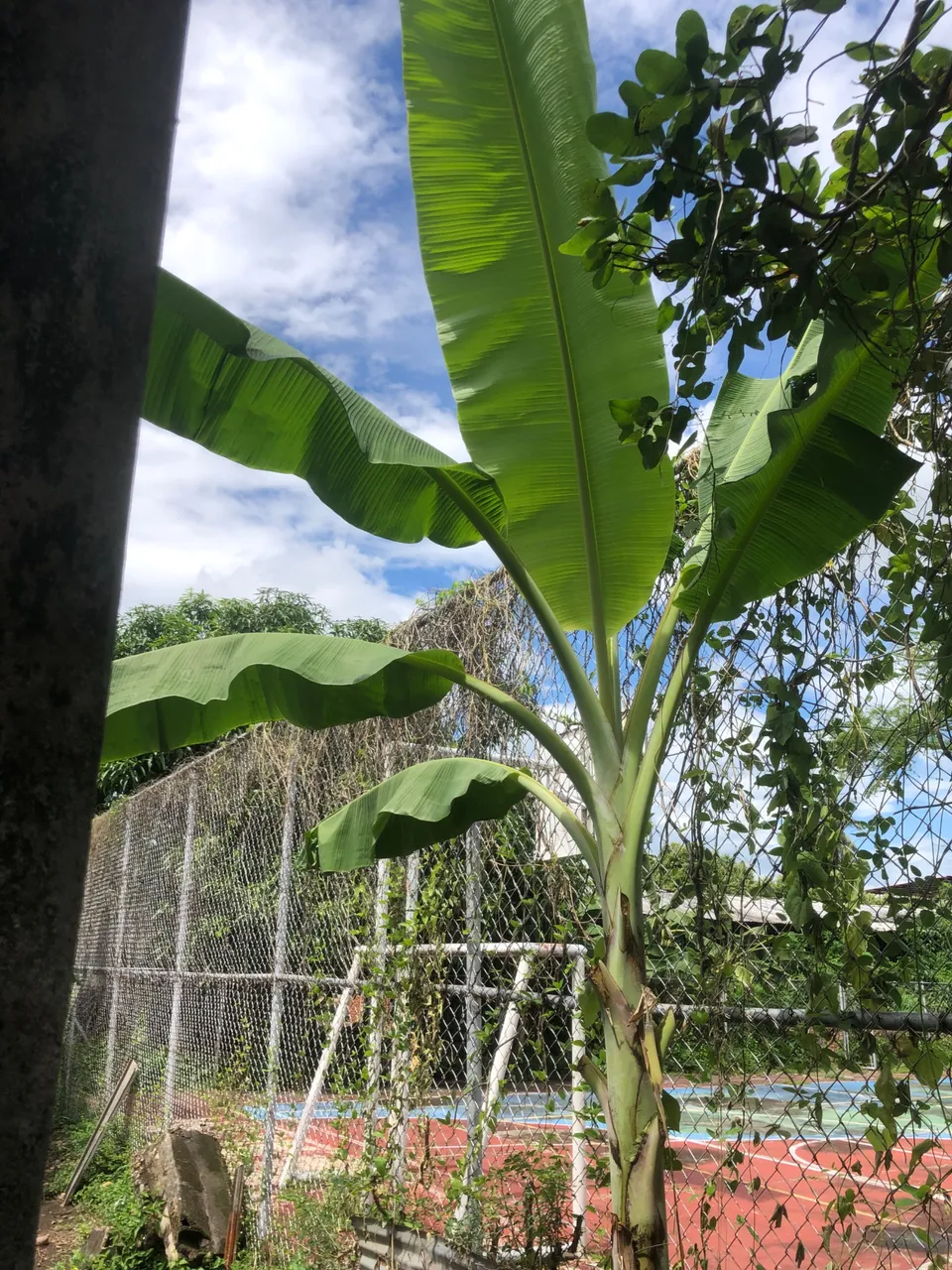Banana plant
The scientific name Musa × paradisiaca L. and the common names platanera, plantain, banana or banana refer to a large number of herbaceous plants of the genus Musa (of Indomalayan origin), both hybrids obtained horticulturally from the wild species Musa acuminata and Musa balbisiana and genetically pure cultivars of these species, and whose fruits are known as plantain, banana, banana, minimum, cambur, topocho, maduro or guineo, depending on the specific cultivars or geographic regions.
Planta de platanera
El nombre científico Musa × paradisiaca L. y los nombres comunes platanera, plátano, bananero o banana hacen referencia a un gran número de plantas herbáceas del género Musa (de origen indomalayo), tanto híbridos obtenidos horticulturalmente a partir de las especies silvestres Musa acuminata y Musa balbisiana como cultivares genéticamente puros de estas especies, y cuyos frutos se conocen como plátano, banana, banano, mínimo, cambur, topocho, maduro o guineo, en función de los cultivares específicos o de las regiones geográficas
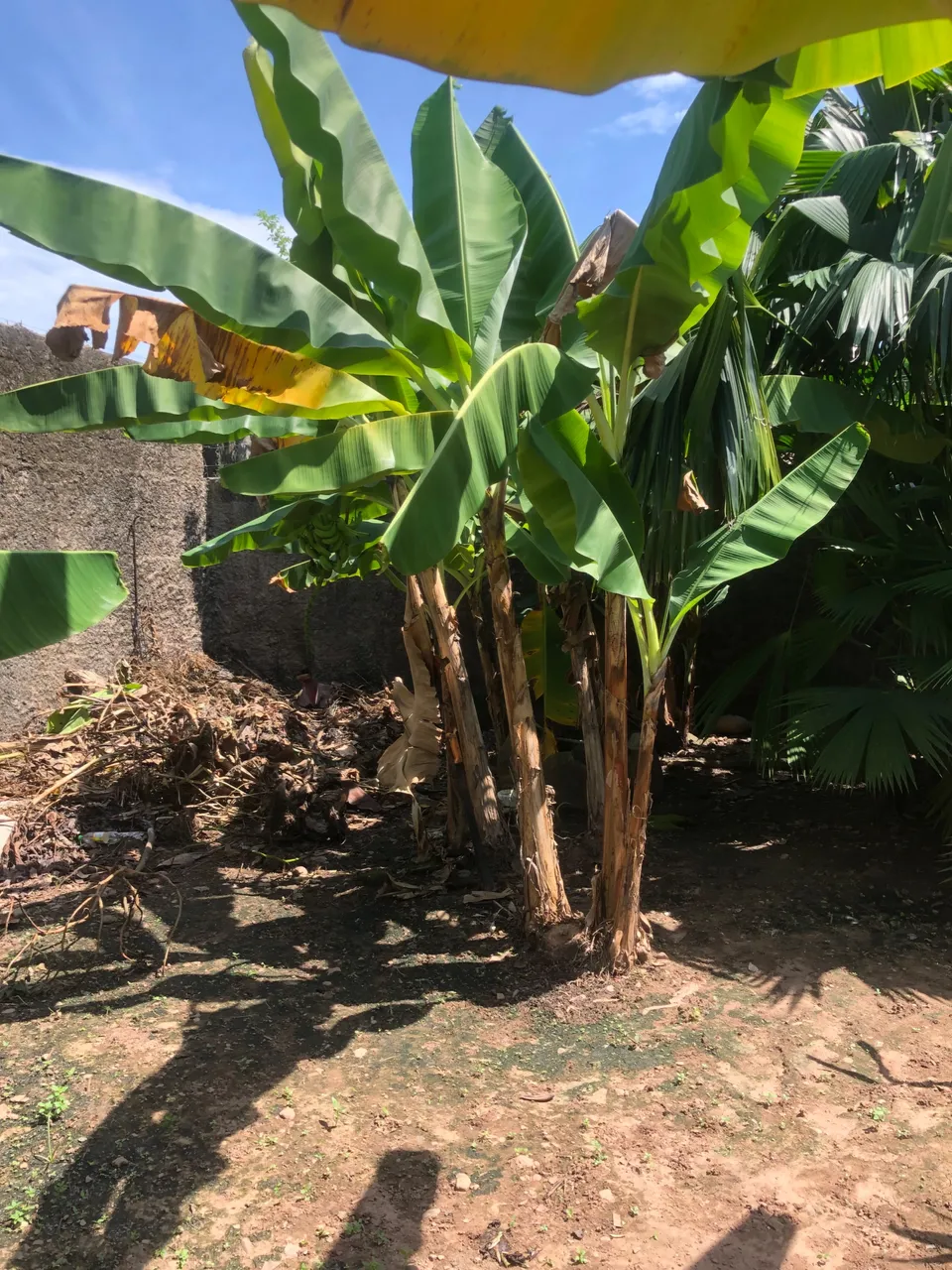
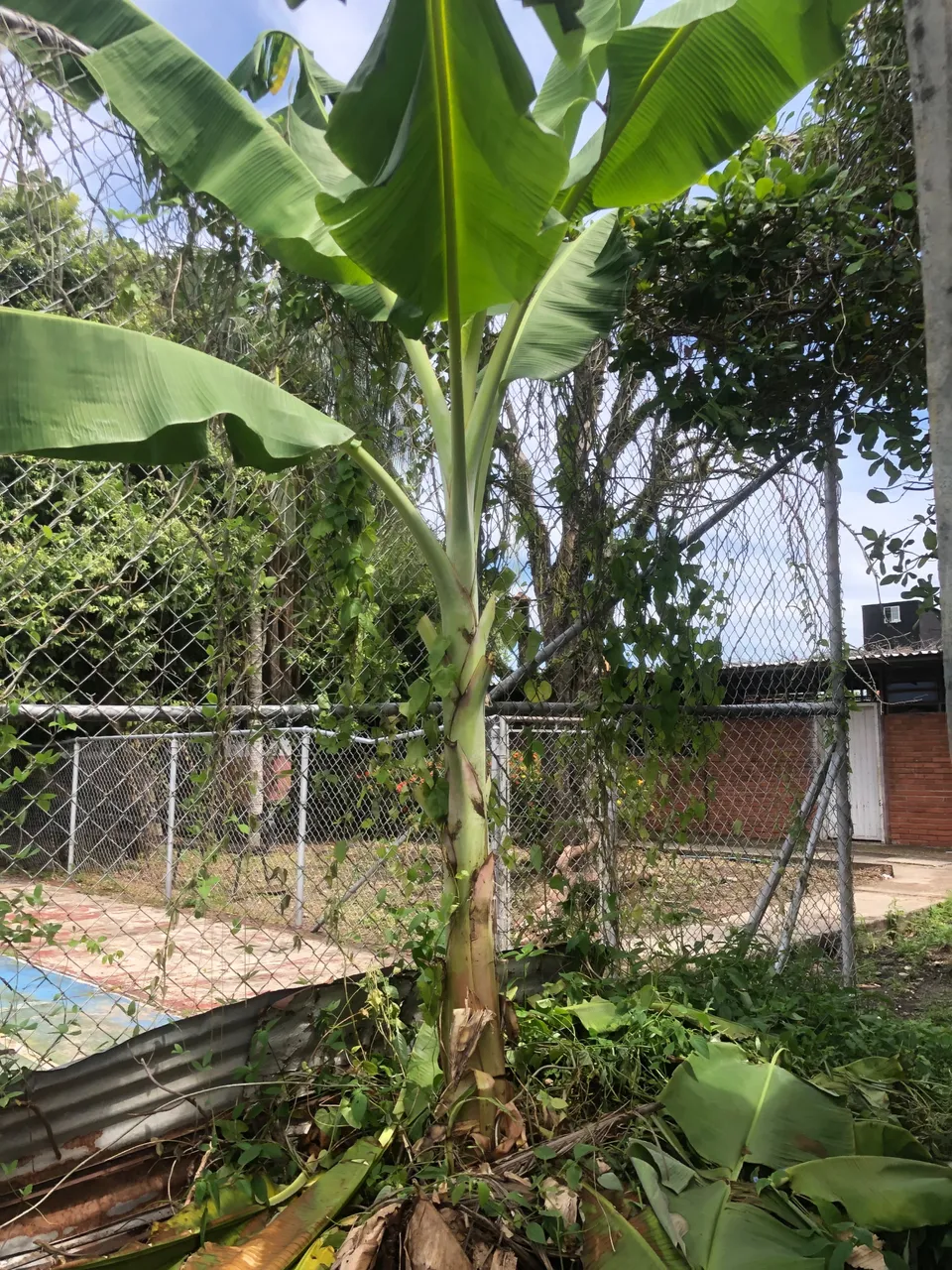
The concrete and distribution of the modern banana is a crop, probably originating in the Indo-Malayan region. From Indonesia they spread southward and eastward, reaching Hawaii and Polynesia in stages. European traders brought news of the tree to Europe around the 3rd century BC, but did not introduce it.B.C., but did not introduce it until the 10th century. From plantations in West Africa, Portuguese colonists would take it to South America in the 16th century BC.
El hormigón y distribución de el l banano moderno es un cultivo, probablemente originario de la región indomalaya. Desde Indonesia se propagaron hacia el sur y el este, alcanzando Hawái y la Polinesia por etapas. Los comerciantes europeos llevaron noticias del árbol a Europa alrededor del siglo iii a. C., pero no lo introdujeron hasta el siglo x. De las plantaciones de África Occidental los colonizadores portugueses lo llevarían a Sudamérica en el siglo xvi


Bananas tolerate a wide variety of soils well; they grow and bear fruit in fairly poor conditions, although for production to be economically profitable they require fertile, moist soils. They prefer deep, well-drained soils, with the water table no less than two meters deep; to avoid waterlogging of the roots, cultivations in areas of extreme humidity usually raise the plants by means of beds or terraces, in addition to digging drainage channels between the plants, providing for a slope of about 1% to allow drainage. In drier soils, artificial irrigation is necessary; sprinkler irrigation allows the planting of bananas in clay soils that were traditionally considered unsuitable for banana growing.
Los bananos toleran bien una gran variedad de terrenos; crecen y fructifican en condiciones de bastante pobreza, aunque para que la producción sea económicamente rentable requieren suelos fértiles y húmedos. Prefieren terrenos profundos, bien drenados, con la capa freática a no menos de dos metros de profundidad; para evitar el anegamiento de las raíces, los cultivos en zonas de extrema humedad suelen elevar las plantas mediante canteros o bancales, además de cavar canales de desagüe entre las plantas, previendo una pendiente de alrededor del 1 % para permitir el drenaje. En terrenos más secos se hace necesaria la irrigación artificial; el riego por aspersión permite la plantación de bananos en terrenos arcillosos que tradicionalmente se consideraron inadecuados

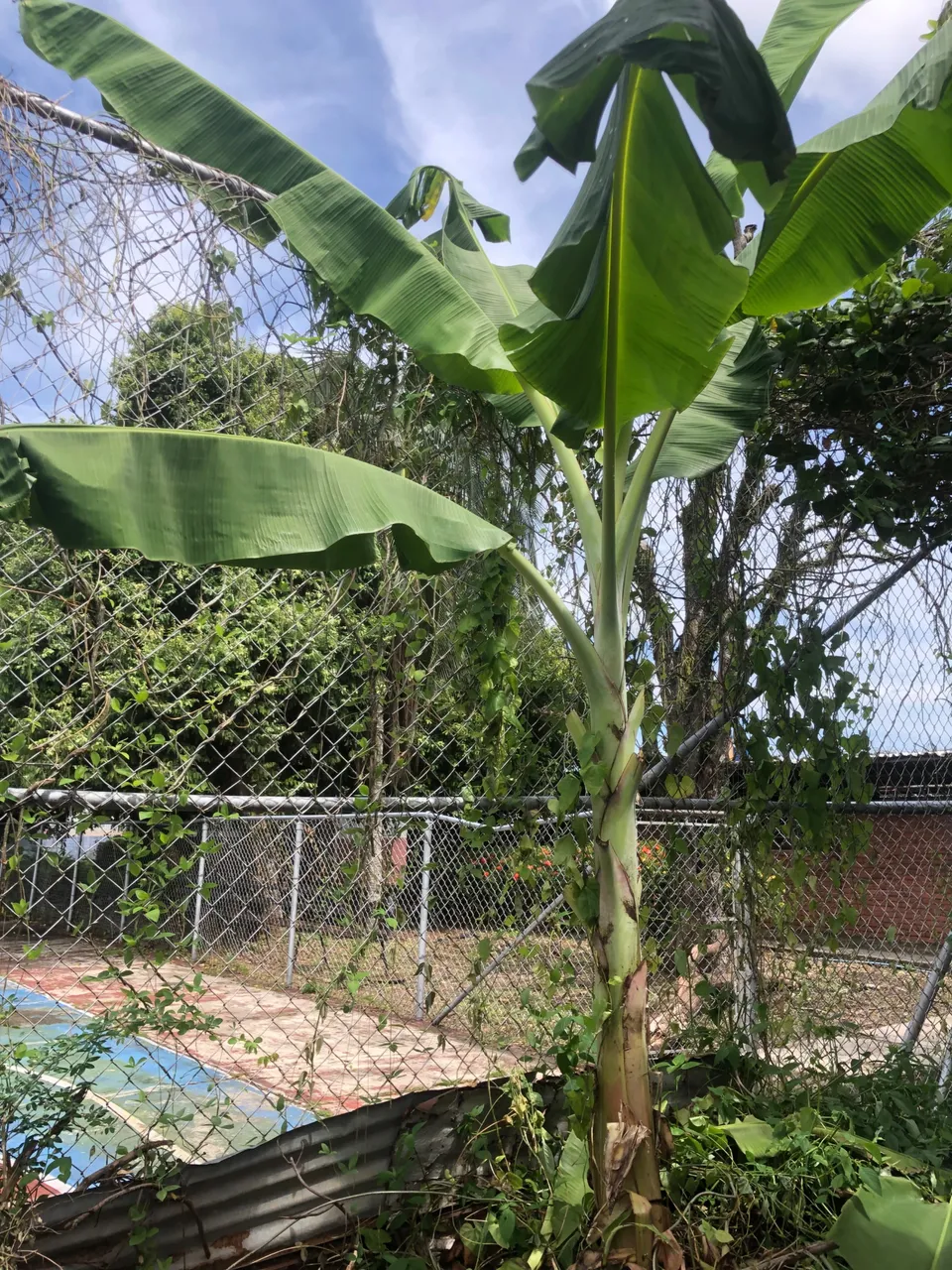
Bananas are native to tropical and subtropical regions and rarely perform well outside the 30°N to 30°S range. Some crops are adapted to altitudes up to 2300 m a.s.l. but most do not thrive above 600 m altitude.
Los bananos son propios de regiones tropicales y subtropicales y rara vez dan buenos resultados fuera de la banda comprendida entre los 30°N y 30°S. Algunos cultivos están adaptados a altitudes de hasta 2300 m s. n. m. pero la mayoría no prospera a más de 600 m de altitud

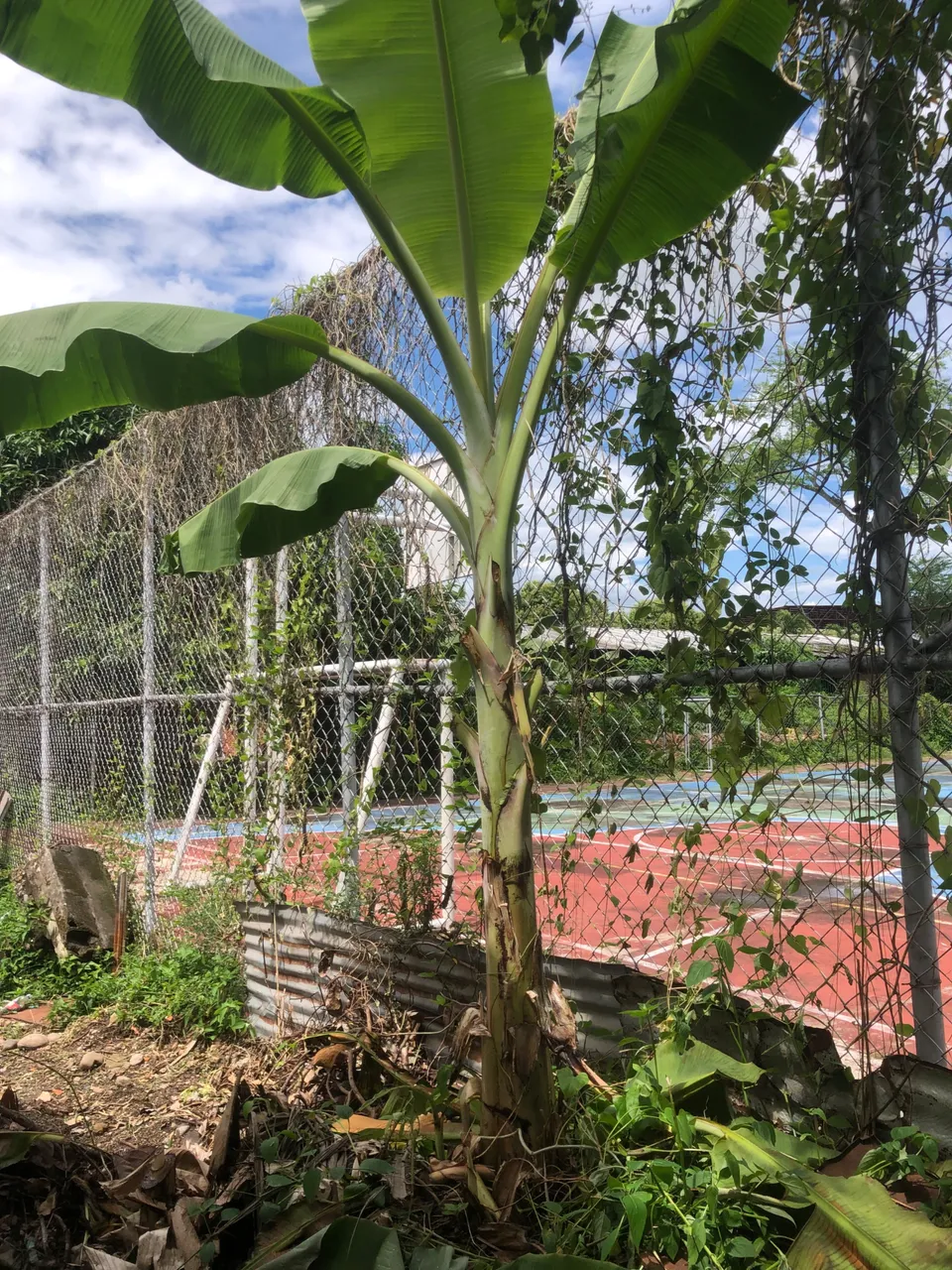
The banana plant takes about 9 months to grow and it is then that it begins to produce the first fruits, which will be ready to be cut when they have reached their maximum development and begin to yellow. It is possible to obtain harvests throughout the year, more or less abundant depending on the season.
La planta de platanera tarda en crecer unos 9 meses y es entonces cuando empieza a producir los primeros frutos, que estarán listos para ser cortados cuando hayan alcanzado su máximo desarrollo y empiecen a amarillear. Se puede obtener cosechas durante todo el año, más o menos abundantes según la época
